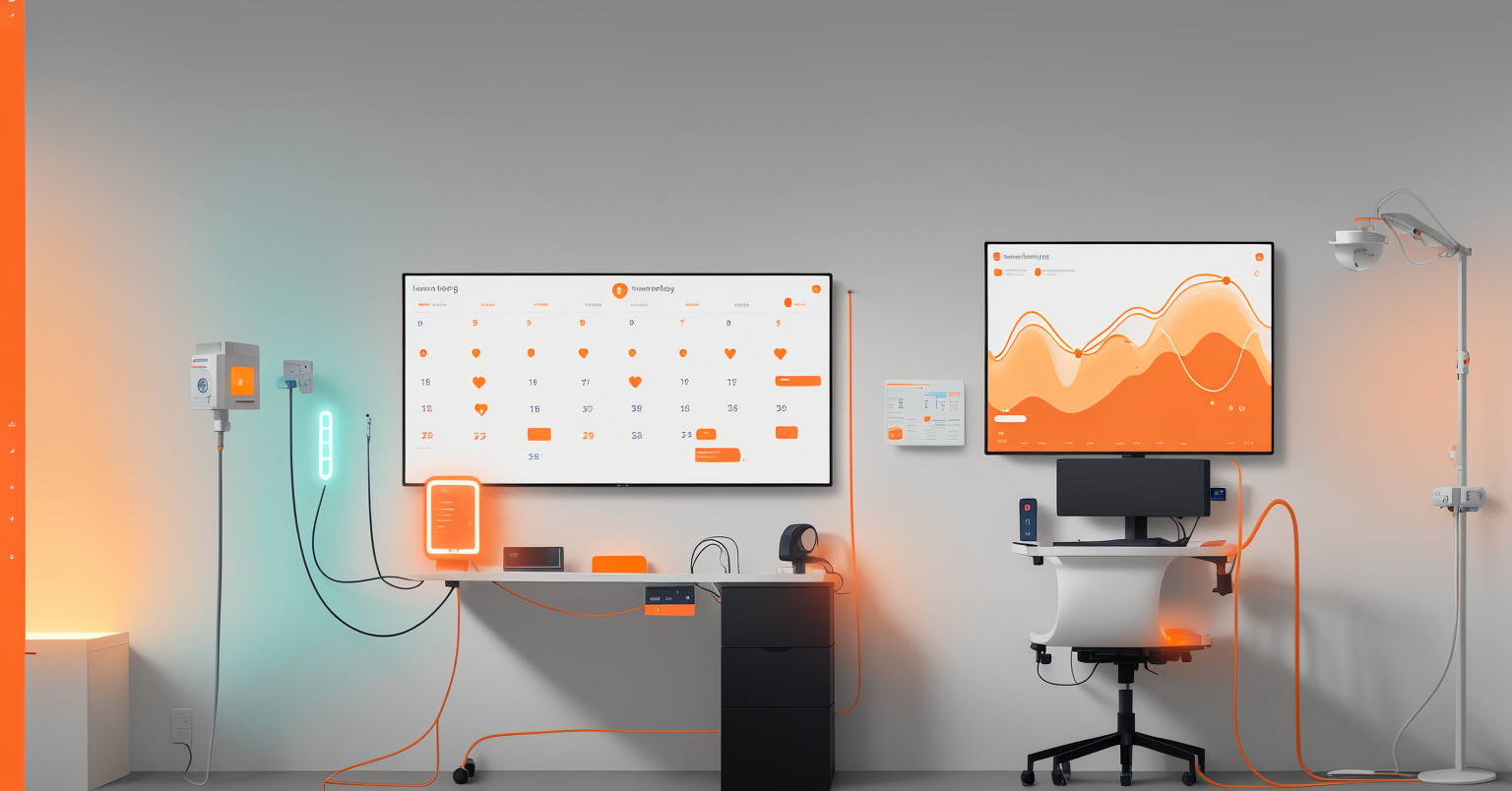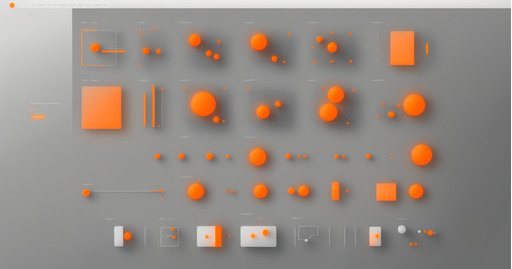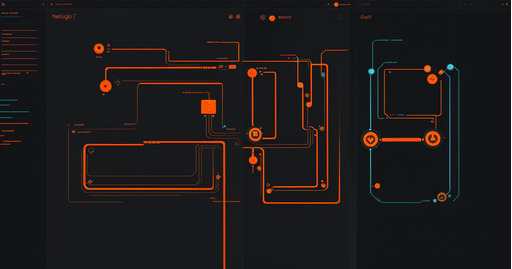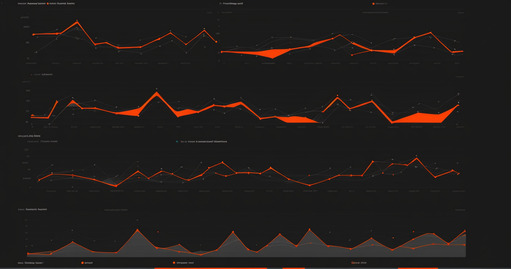AI-Powered Diagnostics: Faster and More Accurate Care: One of the most transformative uses of AI in hospitals and clinics is in diagnostics. Machine learning algorithms can analyze vast datasets of medical images — X-rays, MRIs, CT scans — and detect anomalies faster than human radiologists. AI-assisted diagnostics reduce the risk of oversight, speed up time-to-treatment, and improve overall patient outcomes. For instance, AI models trained on thousands of cancer cases can flag early-stage tumors with exceptional precision. Hospitals using these systems not only gain efficiency but also enhance clinical accuracy, ultimately saving lives and reducing cost per diagnosis.
Smart Automation in Patient Record Management: Managing electronic health records (EHRs) is a major administrative burden for hospitals. AI is now streamlining this process by automatically updating records, organizing data into structured formats, and extracting relevant insights for physicians. Natural Language Processing (NLP) tools can transcribe doctor-patient conversations and convert them into structured notes in real-time, reducing manual entry time and human error. With AI, hospitals can ensure better documentation compliance, faster data retrieval, and easier patient handoffs between departments — leading to more coordinated and informed care.
Predictive Analytics for Patient Outcomes and Resource Allocation: Hospitals are increasingly using AI to predict patient outcomes and optimize operations. Predictive models analyze a combination of patient history, vitals, and real-time monitoring data to forecast complications like sepsis or cardiac arrest hours before symptoms become visible. This enables early intervention and better allocation of ICU beds, staff, and equipment. On the administrative side, AI helps forecast admission rates, peak hours, and resource usage, allowing hospitals to manage supplies, staff rosters, and costs more effectively. These insights turn reactive care into proactive planning, reducing strain on healthcare systems.
Virtual Health Assistants and Patient Engagement: AI-powered virtual assistants are transforming how hospitals communicate with patients. These bots handle appointment scheduling, follow-up reminders, medication tracking, and even triage simple health questions — all through voice or chat interfaces. For patients, this means more convenience and better adherence to care plans. For hospitals, it reduces front-desk load and improves satisfaction. Some systems integrate directly with hospital management software and EHRs, ensuring a seamless loop of patient data, interaction, and outcome tracking. Virtual care tools powered by AI are proving essential, especially in outpatient and post-discharge care.
AI in Imaging, Pathology, and Lab Automation: Laboratory workflows are being redefined with AI-driven image recognition and robotics. AI is assisting pathologists by automatically identifying cell structures in blood smears, tissue samples, and biopsy slides, often with higher accuracy and speed than manual observation. AI-integrated lab machines can classify samples, flag abnormalities, and trigger alerts in seconds. Combined with robotic automation, labs now process thousands of samples daily with minimal human involvement, drastically cutting delays in diagnostics. This not only accelerates treatment timelines but also reduces costs and staffing pressure — especially vital in resource-constrained hospitals.




